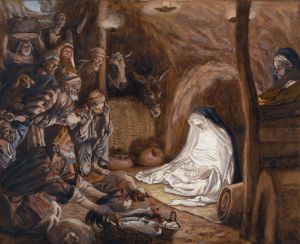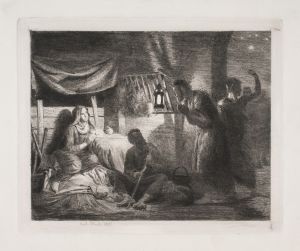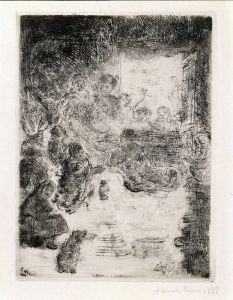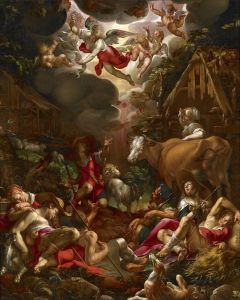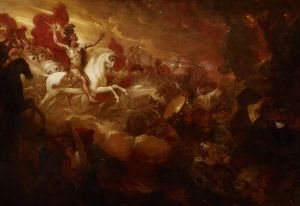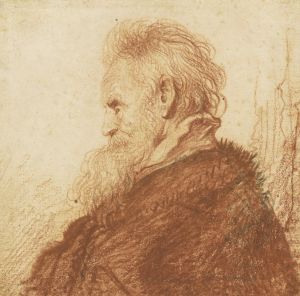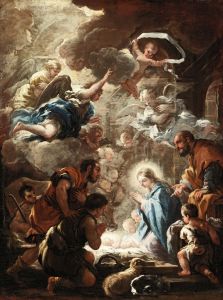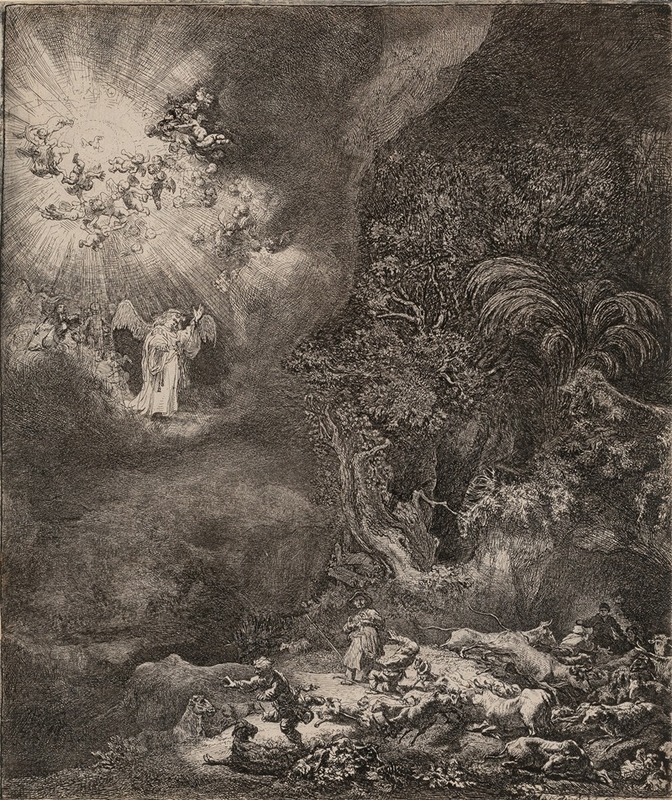
The angel appearing to the shepherds
A hand-painted replica of Rembrandt van Rijn’s masterpiece The angel appearing to the shepherds, meticulously crafted by professional artists to capture the true essence of the original. Each piece is created with museum-quality canvas and rare mineral pigments, carefully painted by experienced artists with delicate brushstrokes and rich, layered colors to perfectly recreate the texture of the original artwork. Unlike machine-printed reproductions, this hand-painted version brings the painting to life, infused with the artist’s emotions and skill in every stroke. Whether for personal collection or home decoration, it instantly elevates the artistic atmosphere of any space.
"The Angel Appearing to the Shepherds" is a painting by the renowned Dutch artist Rembrandt van Rijn. Created in 1634, this work is a prime example of Rembrandt's mastery in the use of light and shadow, a technique known as chiaroscuro, which he employed to dramatic effect throughout his career. The painting is an oil on canvas and measures approximately 117 cm by 91 cm (46 inches by 36 inches).
The subject of the painting is derived from the New Testament of the Bible, specifically the Gospel of Luke 2:8-14, which describes the moment when an angel appears to shepherds to announce the birth of Jesus Christ. In this scene, the shepherds are depicted in a state of awe and fear as the angel delivers the divine message. Rembrandt captures this moment with a powerful use of light emanating from the angel, illuminating the dark surroundings and the figures of the shepherds.
In the composition, the angel is positioned centrally, hovering above the ground with an ethereal glow that contrasts starkly with the dimly lit environment. The shepherds, along with their flock, are shown in various poses of astonishment and reverence, emphasizing the miraculous nature of the event. The expressions on their faces and their body language convey a sense of wonder and humility, which are key elements in the narrative.
Rembrandt's use of light not only highlights the angel but also guides the viewer's eye through the painting, creating a dynamic and engaging visual experience. The detailed rendering of the shepherds' clothing and the naturalistic depiction of the animals add to the realism and depth of the scene. The dark, almost monochromatic palette, punctuated by the bright light of the angel, enhances the dramatic impact of the work.
This painting is part of Rembrandt's early period, during which he produced several religious works that reflect his deep interest in biblical themes and his ability to convey complex human emotions. "The Angel Appearing to the Shepherds" is notable for its emotional intensity and technical brilliance, characteristics that have made Rembrandt one of the most celebrated artists in Western art history.
The painting is currently housed in the Alte Pinakothek in Munich, Germany, where it remains an important piece in the museum's collection. It continues to be studied and admired for its artistic and historical significance, offering insight into Rembrandt's development as an artist and his approach to religious subject matter.
Overall, "The Angel Appearing to the Shepherds" exemplifies Rembrandt's skill in storytelling through art, his innovative use of light and shadow, and his ability to capture the profound spiritual experiences of his subjects.





